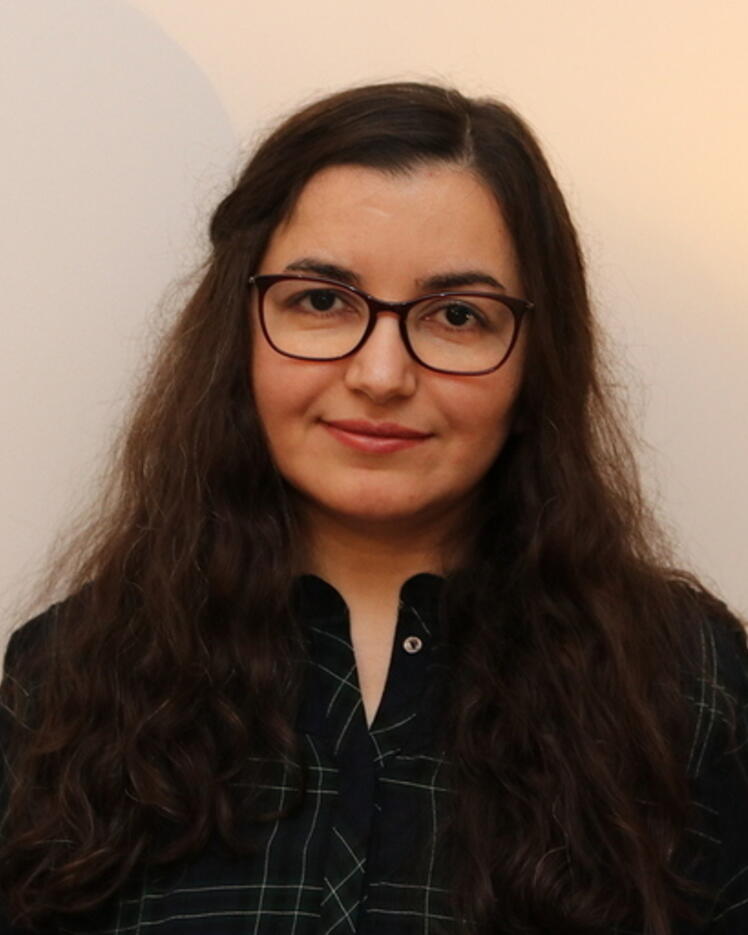
Samira Ebrahimi Kahou
Biography
I am an Assistant Professor at the Schulich School of Engineering's Department of Electrical and Software Engineering at the University of Calgary. I am also an adjunct professor at the Department of Computer Engineering and Information Technology of ÉTS and an adjunct professor at the Computer School of McGill. Before joining ÉTS, I was a postdoctoral fellow working with Professor Doina Precup at McGill/Mila. Before my postdoc, I was a researcher at Microsoft Research Montréal.
I received my Ph.D. from Polytechnique Montréal/Mila in 2016 under the supervision of Professor Chris Pal. During my Ph.D. studies, I worked on computer vision and deep learning applied to emotion recognition, object tracking and knowledge distillation.


